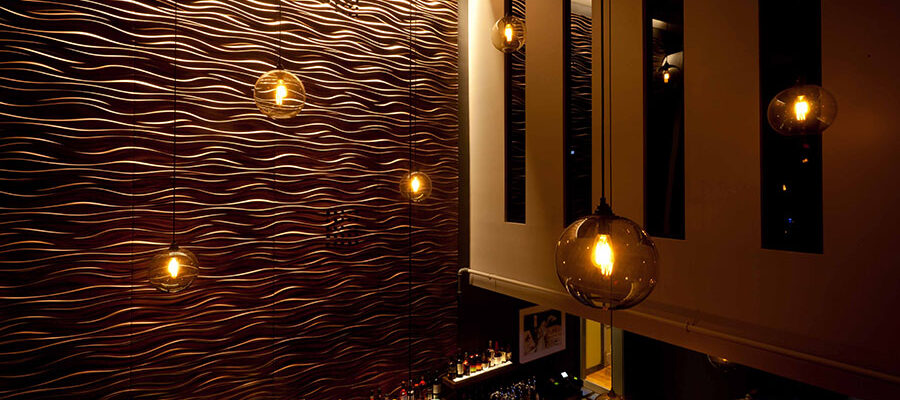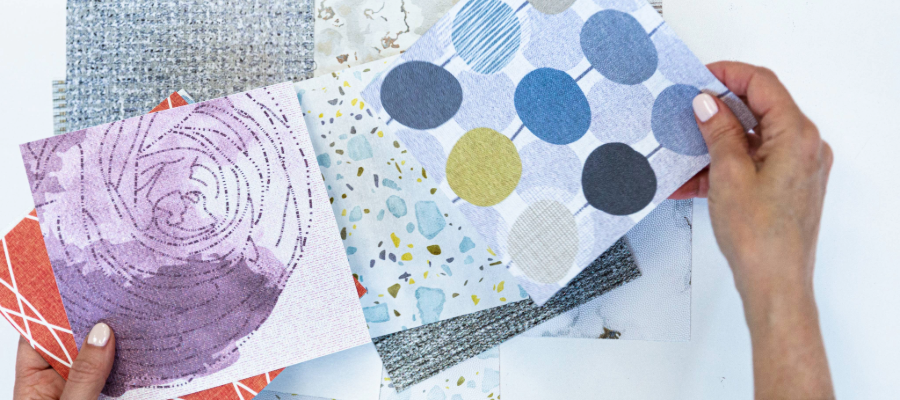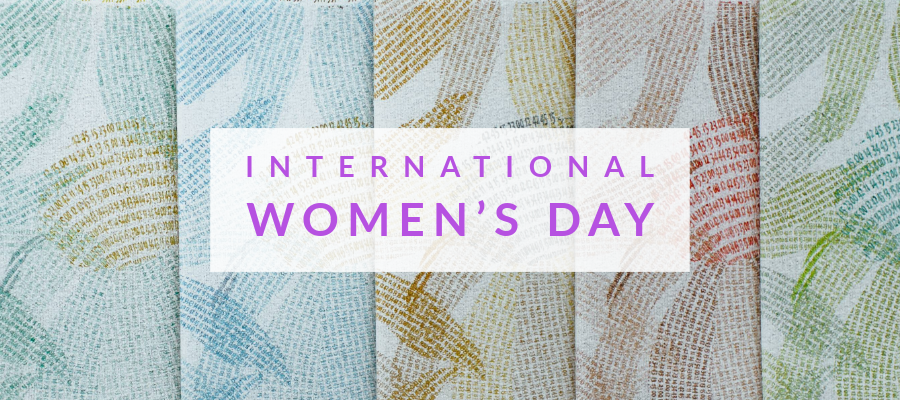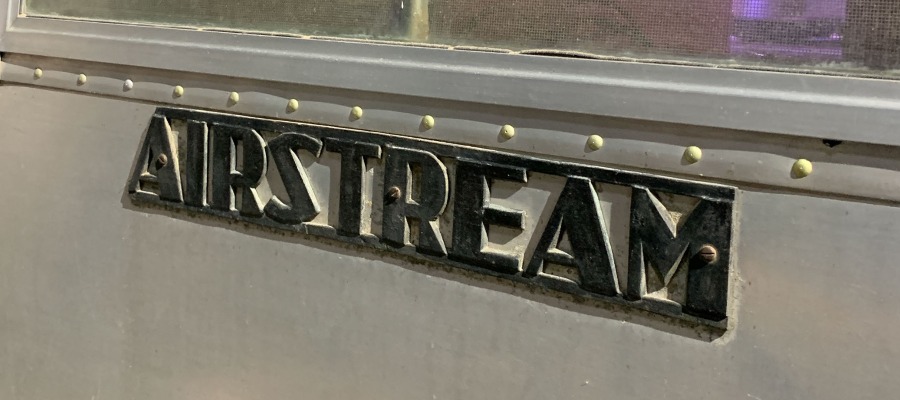
Paul Lewin on Designing a Restaurant Interior
Paul Lewin was a designer at Tivi in Chicago when he and his partner Ryan Wither got the project of their dreams, by sheer luck. In 2013, their friend and restaurateur Peter Verrill asked them to design his new restaurant Outliers Eatery, in foodie heaven Portland, Maine.
What happens when a designer is given complete and total freedom to design a restaurant for someone obsessed with Hunter S. Thompson? For designer Paul Lewin, you get “The unicorn of my career.”
Verrill wanted to work with a design team who understood him and totally got his Hunter S. Thompson obsession and bursts of sporadic inspiration. He also wanted a restaurant that was one of a kind and completely “out there”, and needed designers who knew him personally to execute his special flavor of controlled chaos. He trusted Paul and Ryan completely and gave them total creative control and a flexible budget.
“I have a theory that the truth is never told during the nine-to-five hours.” – Hunter S. Thompson
The partners got to work coming up with a concept and working around the strange logistics of the existing space. The space itself, according to Paul, was a bit awkward with challenging areas that needed to be worked around, not ripped out and rebuilt. Their first challenge was to hide these weird elements with creative design solutions.
Next, they needed a creative concept that reflected the owner and his chaotic personality, while also paying homage to his favorite author, Hunter S. Thompson. Paul came up with the idea of creating a wavy pattern to emulate the owner’s brain waves and using that as a recurring motif throughout the restaurant. They had huge panels made into a wavy pattern and lacquered to look metallic installed behind the bar. In the dining room, the wavy idea was expressed in a slightly different treatment. The pattern started out in straight lines, before giving way to chaos and turning wavy.
Throughout the restaurant, Paul used customized pieces to create elements that would not always be what you would expect. The bar that looks like an old weathered piece of wood is actually made of concrete and cool to the touch. With so much concrete and metallic, the upholstery needed to be the grounding element. It needed to add order to the disorder on the walls and add balance to the space. The color palette for all the rooms was dark, subtle, and muted, another way to ground their ideas of chaos.
For most restaurants, the bar and the dining room are where the memories are made and most of the design energy is spent. At Outliers though, nothing is ever as expected. In fact, guests were often overheard saying, “You need to go check out the bathroom.” For the women, the bathroom was all gold, gilt and completely over the top, a stark contrast to the modern dining room. For the men, however, it was all black. Black rubber walls, even black toilet paper. Above the urinal was another nod to Hunter S. Thompson, an “in case of emergency” box full of whatever someone might need if they needed to get out of town quickly. The highlight though was the payphone. Pick it up and you’ll hear a section of the 11-minute poem, Face, read by the poet Steven Jesse Bernstein. Suddenly the men’s room became a talking point of the restaurant, with the women even sneaking in to pick up the phone.
Being inspired by chaos can be its own challenge. Too much chaos is unsettling and this space still needed to function as a restaurant that people would want to spend time in. In the end, the overall design conveyed that something could start out linear, but end up in disarray. It had a sense that “nothing is normal, but everything seems to fit.” Which in and of itself is a nod to the name of the restaurant: Outliers.
A project as unique as Outliers Eatery would not be the same without the use of one-of-a-kind custom items, yet Paul points out that no project can be made using only custom pieces. The best designs work custom pieces in seamlessly with other very specific and purposefully chosen features.
Paul feels strongly that when you’re designing a space, your goal is to ultimately create a place that someone will have an emotional connection to. When an emotional connection is made, a memory is made, and in the case of Outliers Eatery, those memories were often made in the most unlikely of places, the bathroom.
Did this restaurant design go a little over the edge? Perhaps … but Hunter S. Thompson definitely would have approved.
“The Edge…there is no honest way to explain it because the only people who really know where it is are the ones who have gone over.” – Hunter S. Thompson
Paul’s Design Tip: “Take a design shower.” Think about designing like taking a shower. You don’t start your shower by cleaning between your toes, you start by washing your hair, and the suds and water move down your body. In interior design, you can’t just add elements everywhere, without thinking about how they all work together. Step back periodically and look up, gaze down, and make sure everything is working cohesively. If it’s not, it’s time for some edits.
Fun Paul Lewin Fact: What song does Paul have completely memorized? Punk rock band Fear’s I Love Living in the City. “I may be wearing red pants, but I listen to punk rock.”
Wondering about adding custom printed elements to your interior design project? Visit our designs page for a sample of licensable patterns.
Eavesdrop on Kristen and Paul’s “very casual” conversation:
Share this post
Author
DESIGN/COLOR TRENDS AND AWESOME INFORMATION IN YOUR INBOX
Sign up for our monthly trend letter







